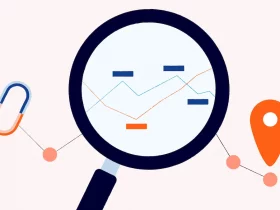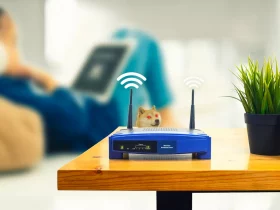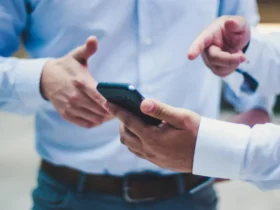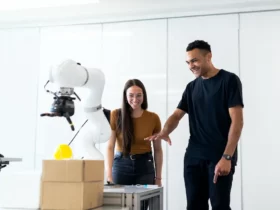Technology is proving to be a powerful ally in addressing the needs and improving the lives of individuals with different types of disabilities. From assistive devices that enhance mobility to speech recognition software that facilitates communication, the advent of technology is breaking down barriers and opening up a world of possibilities. This article will delve into the myriad ways in which technology is empowering individuals with disabilities, fostering greater independence, inclusion, and quality of life.
Assistive Technology for Mobility
Assistive devices for mobility, such as power wheelchairs or mobility scooters, have revolutionized the lives of those dealing with mobility issues. These advancements offer independence, enabling individuals to navigate their environments without assistance. With the help of these devices, individuals can confidently and effortlessly move around, whether it’s going to work, running errands, or enjoying recreational activities.
Speech Recognition Software
Speech recognition software like Dragon NaturallySpeaking assists individuals with motor disabilities or dyslexia. The software converts spoken language into written text, empowering those with difficulties in typing or writing to communicate effectively. By accurately transcribing spoken words, this technology ensures that individuals can express their thoughts and ideas without any hindrance. It opens up new avenues for communication, making everyday tasks such as writing emails, composing documents, or participating in virtual meetings much easier and more accessible.
Hearing Aids and Cochlear Implants
Technological advancements in hearing aids and cochlear implants have drastically improved the lives of those with hearing impairments. These devices amplify sound and, in some cases, directly stimulate auditory nerves, allowing individuals to perceive sound. For individuals interested in experiencing the potential benefits of these devices firsthand, explore the opportunity to apply for a trial of hearing aids, providing a risk-free way to try the technology before making a commitment. With the latest innovations, hearing aids are becoming smaller, more discreet, and more effective in delivering clear and natural sound. Cochlear implants, on the other hand, bypass damaged parts of the ear and stimulate the auditory nerve directly, enabling individuals with severe hearing loss or deafness to regain the ability to hear and engage in conversations.
Visual Impairment Aids
Tech devices such as screen readers, braille displays, and text-to-speech software play an instrumental role in assisting visually impaired individuals. They convert digital text into spoken words or braille, making content accessible. Screen readers, for instance, provide audio descriptions of the on-screen content, enabling individuals to navigate websites, read emails, and access digital resources. Braille displays offer a tactile experience, translating digital text into braille characters, and allowing individuals to read and comprehend information. Text-to-speech software converts written text into spoken words, making books, articles, and documents accessible to those with visual impairments.
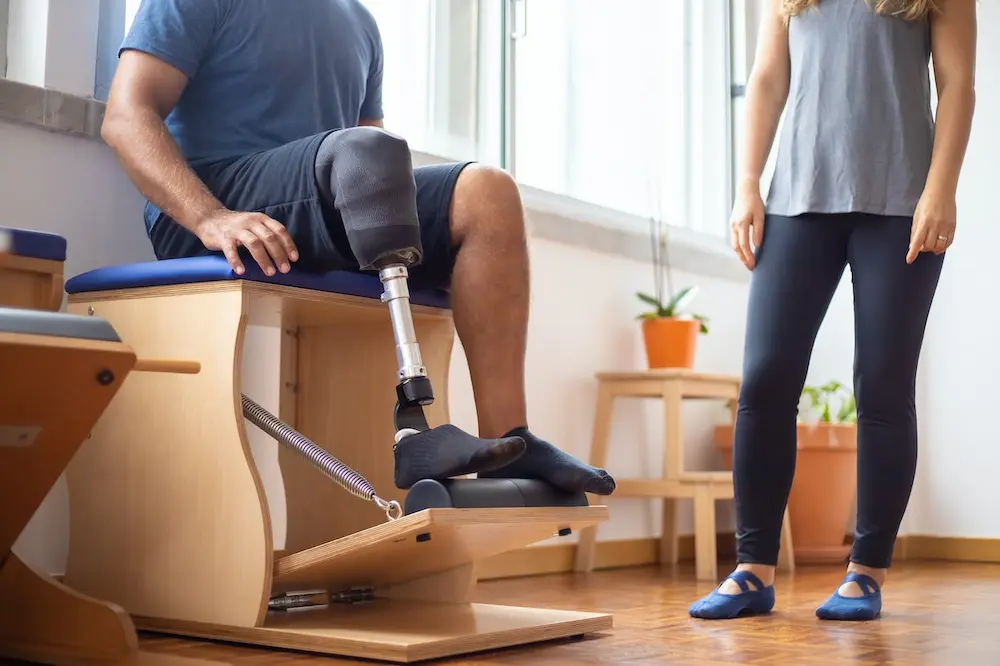
Prosthetics and Orthotics
Technological innovation in prosthetics and orthotics has revolutionized the field, empowering individuals with limb differences to regain not only mobility but also a sense of normalcy. With advanced prosthetics, the artificial limbs now closely mimic natural movement, allowing users to perform a wide range of activities with ease. These state-of-the-art prosthetic devices are meticulously designed, incorporating sensors and actuators that replicate the complex movements of real limbs. Moreover, orthotic devices, such as braces or splints, have evolved to provide exceptional support and stability to individuals with musculoskeletal conditions, ensuring proper alignment and facilitating fluid movement.
Augmentative and Alternative Communication (AAC) Devices
AAC devices have emerged as invaluable tools, providing a voice to those who face challenges in verbal communication. From basic picture boards to cutting-edge devices capable of generating speech, AAC solutions are tailored to suit individual needs. By utilizing AAC devices, individuals can effectively express their thoughts, needs, and emotions, promoting a greater sense of independence and facilitating social interaction. These devices offer customizable communication methods, allowing users to choose between symbols, pictures, or synthesized speech based on their preferences and abilities.
Assistive Technology in Education
In the educational realm, technology such as screen readers, speech-to-text tools, and learning software tailored for special needs students are leveling the playing field, offering equal access to education for all students. Screen readers assist students with visual impairments in accessing online content and digital resources, ensuring they can fully participate in educational activities. Speech-to-text tools enable students with writing difficulties to express their ideas effectively, bypassing the challenges they may face with traditional writing methods. Learning software specifically designed for special needs students provides personalized instruction and interactive activities, catering to different learning styles and abilities. In the broader perspective of education, technology has proven to be an indispensable tool. By enhancing learning experiences, fostering collaboration, and democratizing access to information, we shape a globally connected and inclusive educational landscape.
Smart Home Technologies
Smart home technologies, like voice-activated controls for lights, thermostats, and appliances, offer individuals with physical disabilities an unprecedented level of independence in managing their own home environment. With the integration of smart devices, individuals can control various aspects of their homes effortlessly, using voice commands or mobile applications. This technology eliminates the need for manual interaction, making tasks such as adjusting the temperature, turning on/off lights, or operating home appliances more accessible and convenient for individuals with physical limitations. Additionally, smart home technologies can also enhance safety and security, providing peace of mind for individuals and their families.
Adaptive Gaming Equipment
Video games serve as a powerful medium for social connection, entertainment, and mental stimulation. For individuals with disabilities, the introduction of adaptive gaming equipment has made this world more accessible. Companies like Microsoft have developed adaptive controllers that can be customized to an individual’s specific needs, ensuring that everyone, irrespective of their physical abilities, can enjoy the immersive world of gaming. These controllers break down barriers, providing alternative methods for input and allowing individuals to engage in a medium that was previously difficult to navigate.
Technology is a transformative force breaking down barriers for individuals with disabilities. From mobility aids to speech recognition software, from educational tools to smart home technologies, innovative devices and applications are empowering individuals with disabilities to lead independent, fulfilling lives. Moreover, the constant evolution of technology promises even more advancements in the future. Embracing these technologies can foster a more inclusive society, where individuals with disabilities can thrive without limitation and actively participate in all aspects of life. Technology, indeed, is more than just a tool; it’s a game-changer opening up a world of possibilities for individuals with disabilities.





